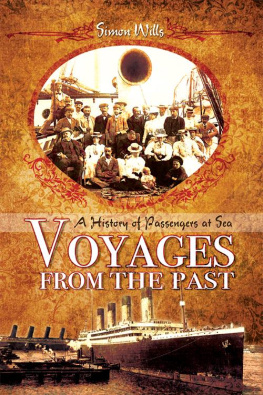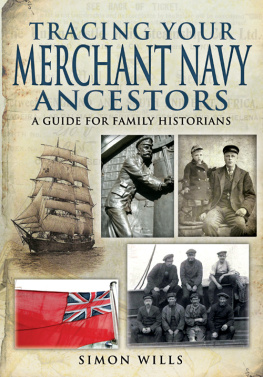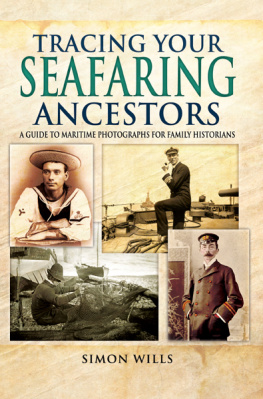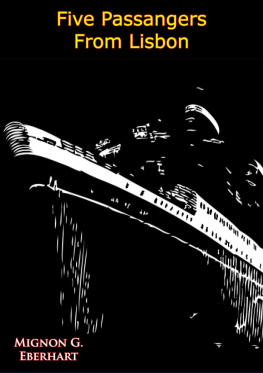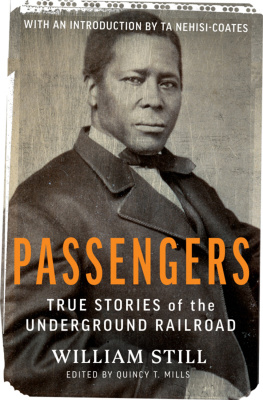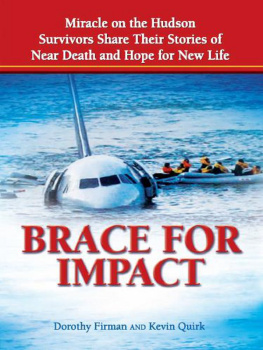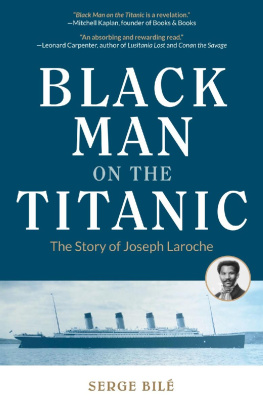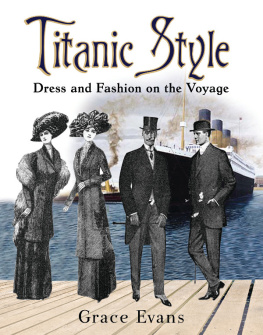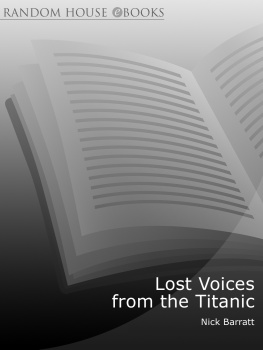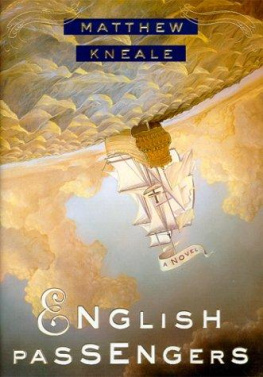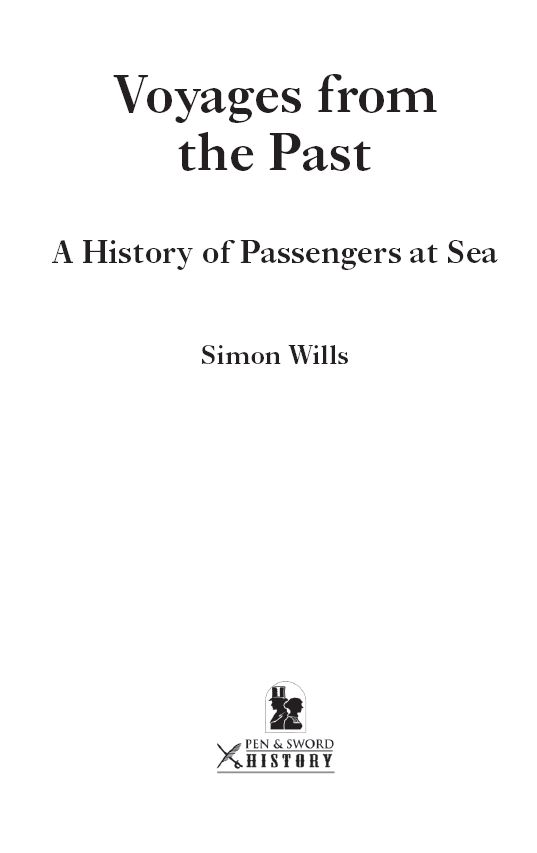To dear Mum who loved people,
and always made them welcome.
First published in Great Britain in 2014 by
Pen & Sword History
an imprint of
Pen & Sword Books Ltd
47 Church Street
Barnsley
South Yorkshire
S70 2AS
Copyright Simon Wills 2014
ISBN 978 1 78303 636 3
The right of Simon Wills to be identifed as the Author of this Work has been asserted by him in accordance with the Copyright, Designs and Patents Act 1988.
A CIP catalogue record for this book is available from the British Library
All rights reserved. No part of this book may be reproduced or transmitted in any form or by any means, electronic or mechanical including photocopying, recording or by any information storage and retrieval system, without permission from the Publisher in writing.
Typeset in Ehrhardt by
Mac Style Ltd, Bridlington, East Yorkshire
Printed and bound in the UK by CPI Group (UK) Ltd, Croydon, CRO 4YY
Pen & Sword Books Ltd incorporates the imprints of Pen & Sword
Archaeology, Atlas, Aviation, Battleground, Discovery, Family
History, History, Maritime, Military, Naval, Politics, Railways,
Select, Transport, True Crime, and Fiction, Frontline Books, Leo
Cooper, Praetorian Press, Seaforth Publishing and Wharncliffe.
For a complete list of Pen & Sword titles please contact
PEN & SWORD BOOKS LIMITED
47 Church Street, Barnsley, South Yorkshire, S70 2AS, England
E-mail:
Website: www.pen-and-sword.co.uk
Contents
Preface
A voyage to an unfamiliar place can offer passengers the opportunity for exciting encounters. In 1599, for example, Thomas Dallam sailed to Turkey and visited a Greek island whose population had never gazed upon British people, and they flocked in droves to see him and his shipmates. At the other end of the time spectrum covered by this book, Jean Davies, brought up in rural Surrey, was delighted when she saw black people in Senegal in 1937 because she had never seen any before. Between these two extremes the passengers whose accounts are shared in this book experienced a great deal.
However, this book is concerned not with what passengers did or saw ashore, but with their experiences at sea. How has life on board ship changed for British passengers in the interval between Thomas Dallams voyage and that taken by Jean Davies nearly 350 years later?
The best way to learn about the passenger experience is to hear what the passengers themselves had to say, so I have brought together a number of their accounts. They tell of dramatic storms and deaths, as well as the rather ordinary everyday activities that most passengers would have pursued on board ship. Taken together, their stories illustrate the evolution of the seagoing experience as revealed by those who experienced it.
Some of these accounts have never been published before particularly those of Mary Perston, Herbert Watts, Mr and Mrs Hunt, and Jean Davies. It has also given me particular pleasure to unearth descriptions of voyages written by women, as the female point of view is so often neglected in maritime history. I have included accounts provided by different social classes as well: from the impoverished emigrants in steerage, to wealthy businessmen travelling first class. On occasion I have had to modernise spellings or punctuation to render their own words more readable.
Perhaps the most obvious changes for passengers over time lie in the technology employed by the ships in which they travelled. When passengers were dependent entirely on sail, their itineraries were subject to the vagaries of the wind. Henry Fielding took 44 days just to reach Portugal from London, simply because the wind stubbornly refused to blow in the right direction, and this experience was common. Sometimes there was too much wind, and many of our passengers describe storms forcing their ships to return to harbour for safety, being blown off course, getting lost, or suffering serious damage. Conversely, too little wind and a ship was becalmed drifting aimlessly sometimes for days on end.
Early steamships such as the SS Great Western continued to employ sails in addition to engines, but the advent of steam heralded a major change in the passenger experience. Ships were now faster and were much less affected by adverse weather conditions, so could therefore be scheduled to depart and arrive at set times. This meant that passengers could book in advance and not just take pot luck that a ship would leave on time or arrive when predicted. Engines evolved and became more efficient and more powerful, and the paddlewheels of early steamers were replaced by propellers so that speeds were greatly enhanced. The influence of technology can be seen by comparing the times for crossing of the Atlantic given by five of our passengers in this book. They each took different routes but the improved passage times are clear:
|
| Passengers | Ship | Year | Time to
cross Atlantic |
|
| Pilgrim Fathers | Mayflower, 180 ton sailing ship | 1620 | 66 days |
| Janet Schaw | Jamaica Packet, 80 tons, brig | 1774 | 42 days |
| George Moore | SS Great Western, 1,700 tons, early paddlewheel steamship | 1844 | 14 days |
| Hubert Whitmarsh | RMS Lucania, 12,950 tons, triple expansion engines and two propellers | 1896 | 6 days |
| Percy Shaw Jeffrey | RMS Empress of Scotland, 24,581 tons, quadruple expansion engines and two propellers | 1926 | 4 days |
|
This table also illustrates how ships have increased dramatically in size over time. More space allowed passengers to have bigger cabins. Mary Perston travelled first class by clipper in 1868 and still had to share a tiny cabin with a stranger she didnt like. Bigger ships meant passengers had privacy, and ship owners gradually began to appreciate that passengers would pay for luxury too a wardrobe in the cabin, tasteful decor, running water, a properly sprung bed rather than a bunk. These improvements came thick and fast electric lighting, heating, a shipboard library, swimming pools, shops, gyms and cinemas.
Without these amenities it can be hard to understand how passengers in earlier eras occupied their time, especially as voyages took so much longer than they do today. But although passengers had a more restricted range of entertainment in the past, they often enjoyed many of the things that sea travellers still appreciate in modern times.
Observing wildlife has been a constant source of pleasure to passengers in all eras. Whilst Mary Perston was pleased simply to see a cat on board to kill the rats in 1868, most passengers have taken more delight in watching dolphins, sharks, birds and schools of fish, amongst others, and this is a common subject about which our diarists write. A sunny, warm deck with a soft breeze is another pleasure that defies the ages, as is the delight of a sunset at sea which so many of the passengers in this book remark upon. Shipboard romances are also not new something about the sea air can stir the passions, as Herbert Watts was surprised to discover in 1888. Other romantic feelings are hinted at by our shipboard diarists, but not confirmed in writing.
One particular experience that many passengers write about is the crossing the line ceremony, where a member of the crew dresses as Neptune, king of the ocean, to welcome newcomers to his realm when they cross the equator for the first time. Jean Daviess account from 1937 is not very different to that described by other passengers in the preceding two centuries.

